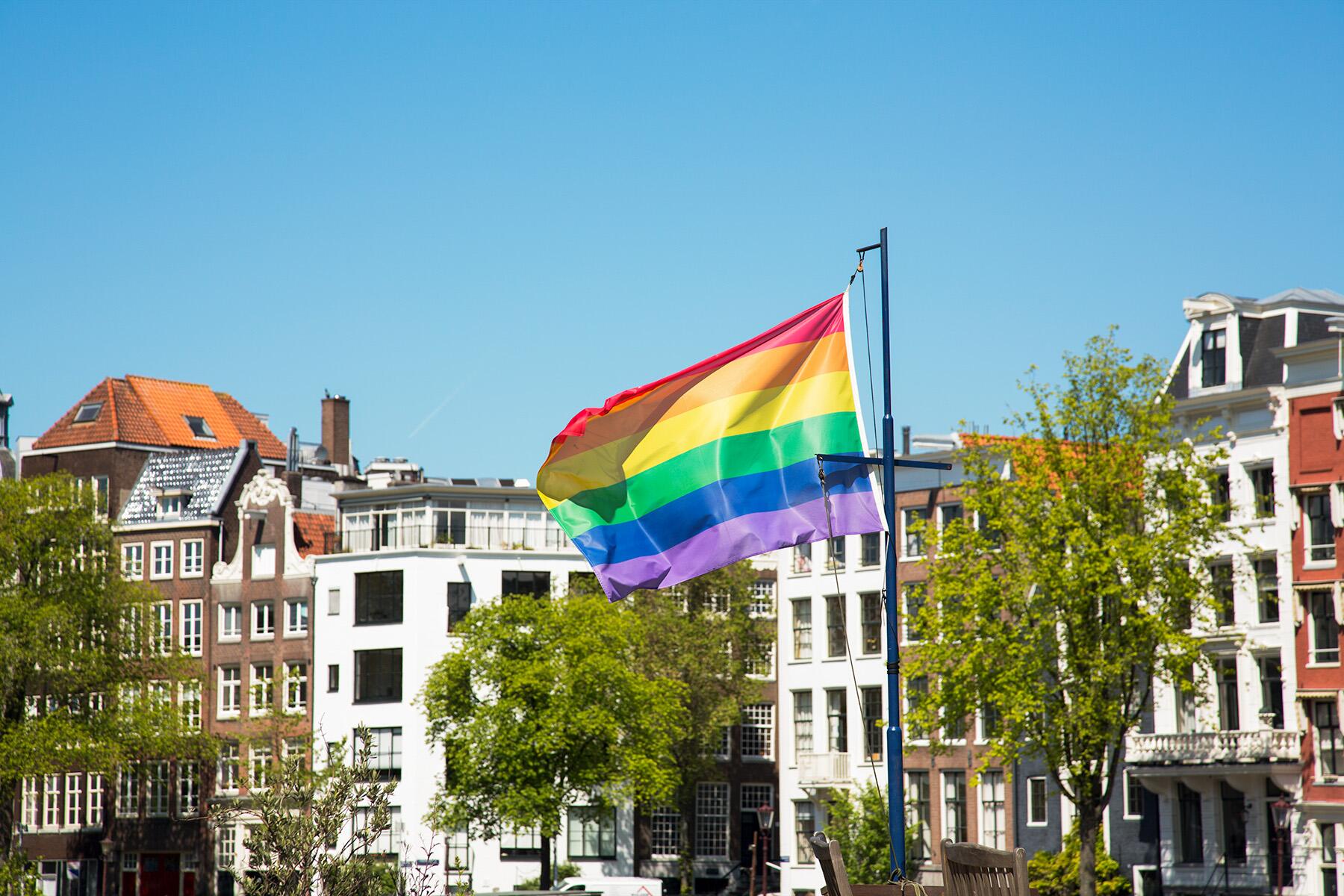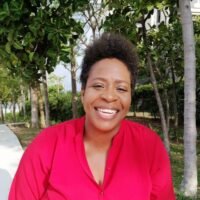RuPaul’s Drag Race launched Drag Race Holland in 2020 to recognize the Dutch queens' charisma, uniqueness, nerve, and talent.
The Netherlands has a reputation for windmills, tulips, and wooden clogs, and for the adventurous, the Red Light District and coffee shops where you can get more than just a caffeine boost. But did you know that the Netherlands was the first country in the world to legalize same-sex marriage? This vanguard legislation made 2001 a hallmark year in LGBTQ+ history.
The Dutch have a reputation for valuing freedom of expression and life outside of work. Perhaps it’s these cultural values that have created a safe space for queer people. Traveling somewhere where predominantly queer people can exist without being discriminated against means something. Imagine taking up space where you’re not expected to be quiet about who you are. What an excellent foundation for the art and culture of drag to thrive.
Picture it. You sashay into the club. The stage is lit, the crowd is buzzing, the drinks are strong, and you see a 7-foot “glamazon” appear out of nowhere. They ascend the stage, mic in hand. The DJ halts the music, and suddenly, you’re transported into another world, a world of their making.
Recommended Fodor’s Video
The best drag tells a story, often pulling from personal experiences, and shares a specific message. Dutch drag artists use every piece of material and make-up technique to express the depths of themselves. Truly, the forethought and courage that go into a drag depiction or persona, can you say visionary?
No matter who you are, you want to be in the company of like-minded folks, and the art of drag brings together those who want to experience this kind of community. So, no matter who you are, there’s a place for you inside the drag scene. And finding your tribe within the multifaceted queer culture is the key to loving the skin you’re in. Like Mama Ru says, “If you can’t love yourself, how in the hell are you gonna love somebody else?”
Speaking of Mama Ru, RuPaul Charles, creator of RuPaul’s Drag Race competition reality series, launched Drag Race Holland in 2020 to recognize the Dutch queens’ charisma, uniqueness, nerve, and talent. If you haven’t sipped that tea yet, make sure to turn your subtitles on; the spinoff is in the native Dutch language.
Beyond the polished Miss Universe pageant aesthetic, drag is a rebellious exploration of identity and what it means to be human. It’s coming to terms with not belonging and finding belonging inside yourself and others. It’s an acceptance of not fitting in with the status quo, taking up space in the company of others who also don’t fit in, and celebrating your differences with others. They become your chosen family, the people you choose to share yourself and your life with, the people who understand and see you.

Where to Go and Who to Follow to Tap into the Drag Scene
There are many ways to interact with the drag community all over the Netherlands. If you’re curious about the range of artistry, here are some Dutch drag artists you can connect with. Just make sure to let them know we sent you: Lola Lasagne, Niek LeFreak, Envy Peru, Eli Express, Twan Hovius, and Miss Latifa.
Bigger cities like Amsterdam, Rotterdam, Eindhoven, Groningen, and Utrecht all have their own annual Pride events. During some Pride events, drag queens host events like story time for children and brunch with the elderly. If you’re feeling drifty, you can enjoy the unique parade-style boat procession down the canals, surrounded by bright colors with high-energy music blasting. Or if sports is your thing, attend or compete in the Drag Olympics in events like 100m Stiletto Sprint, Handbag Toss, Bitch Volleyball, and Equestrian Dressage.
Bigger cities usually have LGBTQ+ clubs where you can catch regular drag shows any time of the year. Smaller cities might have dedicated queer clubs, or at the very least, you should be able to find a queer night, sometimes with a drag queen DJing or hosting a pub quiz, karaoke, or other entertainment. If you’re into queer herstory, Café ‘t Mandje in Amsterdam is the oldest queer pub in the Netherlands, opened in 1927 by Bet van Beeren, who was a lesbian.

You can also connect with the drag community at Roze Zaterdag (Pink Saturday). Predating Pride, it’s a historical event held in a different city every year usually alongside Pride celebrations. In the late ‘70s, when the Dutch were fighting for their freedoms, Roze Zaterdag served as a political demonstration where the Dutch could come together, march, and support one another as they pushed for progress.
There’s still a need for activism, and Naomie Pieter took up that mantle in 2018, creating the Black Queer and Trans Resistance in response to a local Black queer man being beaten up. From that, Black Pride Netherlands was born and seeks to celebrate the Black LGBTQ+ community and those of color.
You can’t mention drag without honoring ballroom. In America, Black and Latino queer folks created ballroom culture in response to racism they encountered in White drag pageantry. Black/Caribbean Dutch voguers have carried on the art form so you can enjoy solo artists or members of houses competing against each other on the catwalk in different categories for trophies. See first-hand all of the duck walks, dips, and gag-worthy reveals we have come to crave at a ball. Here are a few artists you’ll want to give 10s across the board, including James Rae Parnell, Dulce Juicy Couture, Naïmah Janse, Morena Louisa, and Typhoon Angels.

For the artistic, get into Drag-My-Vision, a drag competition for music videos with a Eurovision Song Contest theme. Performers submit their pre-recorded videos of original songs that have been performed in the Eurovision Song Contest. And judges score each contestant, crowing a winner. The event is produced by Salvia Arts, and members of the House of Salvia perform live during the event. Gear up for this year’s event, or check out past events here.
Of course, being a drag artist in The Netherlands isn’t pure perfection. For example, Amsterdam Pride has received criticism for being too commercial. Also, due to some conservative Dutch ideals, some drag queens have been attacked on their way to or from clubs where they perform. And people of color have had to create their own safe spaces because they’ve experienced structural discrimination.
Drag is a gift, a prepared banquet in a ready-to-eat sort of world. What a creative way to explore gender expression, subvert popular culture, and dangerously step into individuality. Drag is an invitation to change, grow, and be several things at once. So many places center cultural compliance over the needs of the communities that are, inevitably, always there. The Dutch stand out as drag artists in their process of inviting that, nurturing that, and standing in that.
If we’re attracted to places and people because of an idea or a feeling, what a delight to experience a sense of freedom that the world of Dutch drag offers.




